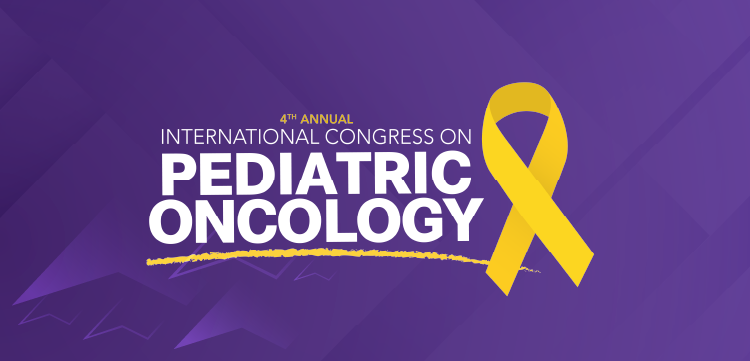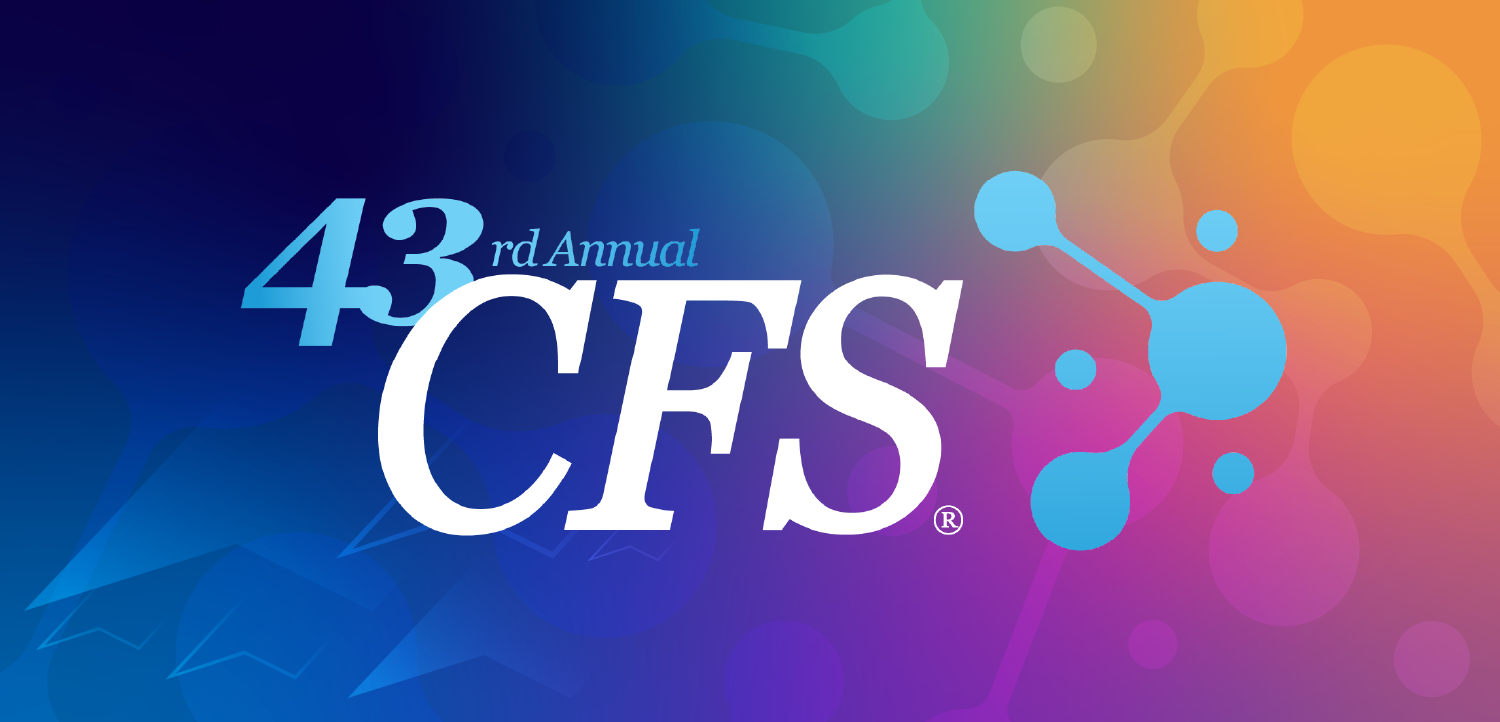
Abstract: A number of factors can complicate the diagnosis of asthma in elderly patients. For example, the elderly are more likely to have diseases such as chronic obstructive pulmonary disease (COPD) and congestive heart failure (CHF) that--like asthma--can cause cough, dyspnea, and wheezing. Spirometry can help distinguish asthma from COPD, and chest radiography and measurement of brain natriuretic peptide levels can help identify CHF. Important considerations in the management of asthma include drug side effects, drug interactions, and difficulty in using metered-dose inhalers. When discussing the goals of therapy with the patient, remember that quality-of-life issues, such as the ability to live independently and to participate in leisure activities, can be stronger motivators than objective measures of pulmonary function. (J Respir Dis. 2006;27(6):238-247)






























































































































































































































































































